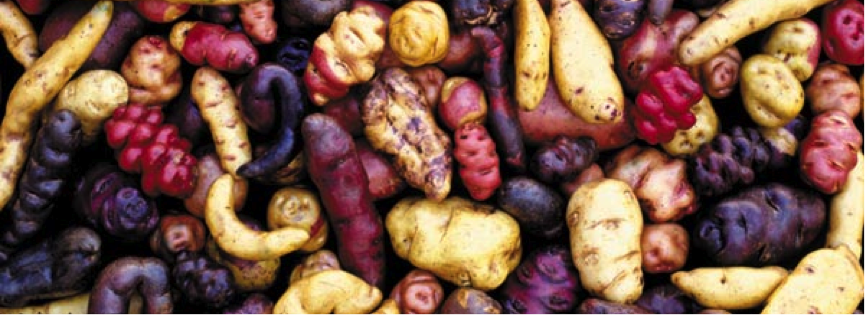The research for this masters project will be carried out between May and August of 2019 in Lima, Peru.
The main goal is to assess Peru's public food procurement system for its sustainability and its potential for improvement through agrobiodiversity-friendly sourcing.
Public procurement systems are those that provide various kinds of food aid to those in need, such as school meals, nutritional support to pregnant women and new mothers, work-for-food aid programs, and disaster relief.
Agrobiodiversity is a subset of biodiversity, and refers to the diversity of species and the diversity within species in the varieties we cultivate. One example of agrobiodiversity is a farm which grows a large number of crops; another is the variation between different types of a crop, such as we see in tomatoes and apples. Agrobiodiversity has been greatly influenced by human needs: different kinds of plants and animals have been bred to provide the characteristics that we appreciate. A larger definition of agrobiodiversity is provided by the FAO.
Peru is an ideal place to explore agrobiodiversity, as it is a hub of agrobiodiversity for many crops, such as potato, quinoa, amaranth, beans, ground cherry, pumpkin, pepper, cocoa, and cotton.
